Washington Irving spent the summer of 1830 living in the Alhambra. This was 12 years or so after Napoleon’s troops, forced to withdraw during the Peninsula War, had attempted to blow the place to smithereens so enemy forces couldn’t use it. They, fortunately for Irving and us, were only partially successful. Today, they say, only about one-third of the original structure remains. People doing excavation in the area frequently find remains of the Alhambra’s original walls and towers.
I’ve been reading Irving’s “Tales of the Alhambra,” which I recommend to anyone. It’s an enjoyable read, made up of Irving’s personal experiences traveling to and living in the Alhambra plus his retelling of myths and tales told to him by the residents of the Alhambra with whom he lived. His prose is entertaining, with a gentle dose of 19th century Ironic wit and, I’m sure, his own embellishment, especially in his development of the characters. The book, along with the work of other Romantic-era artists, fueled interest in the Alhambra and Moorish Spain in Europe and America.
“Tales of the Alhambra” plus a quick wikipedia scan, was my preparation for our visit today. And while I didn’t learn much about the Alhambra per se from Irving, his stories did give me a context for appreciating what we saw. For instance, in “Legend of the Three Beautiful Princesses,” he tells of King Mohamed the Left Handed’s three daughters who were imprisioned in a tower to save them from the corruption of young men. Long story short, two of the three, raised as Islamic Moors, made their escape (the third couldn’t bring herself to leave) and became wives of two handsome princes in Christian Cordoba. Their tower was set atop a steep ditch between the Alhambra proper and the gardens of the Generalife. It was fun to walk by what very well could be the very towers from the legend and imagine the princesses ensconced therein.
An important feature of the Alhambra was the elaborate water system devised by the Moors to bring fresh, cool water from the nearby mountains to fountains and baths. Islam calls for five-times-a-day prayer and before each prayer session ablution, or washing, is required. Fresh water was therefore important for hygiene as well as hydration. In “Legend of the Moor’s Legacy” Irving recounts the tale of a humble man who supported his wife and five children by hauling water on his donkey from the Alhambra down the hill to Granada, selling the cool water by the glass. One day he befriended a Moor who that same day died, leaving our hero Peregil a sandalwood box that contained a document in Arabic and a wax taper. Another long story short, Pergil’s donkey was taken by the corrupt mayor, an attorney and the tattle-tale barber. Pergil used his inheritance to unlock untold treasure from an enchanted chamber deep under the Alhambra. Not only that, the mayor, attorney and the barber entered the chamber to get the rest of the treasure. Pergil extinguished the taper and threw away the sandalwood box. Thus the three are, to this day presumably, ensconced in the enchanted chamber beneath the Alhambra.
But enough of Irving’s tales. The Alhambra was actually constructed toward the end of Moorish presence in the Iberian peninsula. Ferdinand in Castile and James I of Aragon ruled the territory north of Granada. At the same time, Mohamed I, the first of the Nasrid line, conquered Granada and drew the plan for the Alhambra. This was in 1238. The Nasrids proved to be the last, and longest lasting dynasty of Moorish rule in Spain. What in the eight century had been a single force that invaded Iberia soon splintered into warring factions. The divided and continually squabbling fiefdoms led to the Christian reconquest of the region.
By 1492 the Alhambra had been constructed and reconstructed, each new king adding his own embellishments. And in 1492 King Ferdinand II of Aragon and Queen Isabella of Castile (yes, THAT Ferdinand and Isabella) had entered Granada with a superior force. Mohamed XII surrendered Granada without the Alhambra itself being attacked.
In 1492 Ferdinand and Isabella, in the Crown Room that we visited, granted Christopher Columbus the charter to sail for the Indies.
Charles V visited the Alhambra in 1526 and decided to make it a royal residence. He ordered construction of the Palace of Charles V. Work began in 1527 and continued through1637. The roof went on in the 1920s. Needless to say, Charles never set foot in the place.
Today, the Alhambra is the number one tourist destination in Spain. And while it wasn’t terribly crowded it does have a well-developed tourist system to manage the crowds. We were blessed with a great tour guide who gave us just enough information so that we could appreciate what we saw without being overburdened by factoids. Which I have probably done, gentle reader, to you so now I will quit with sincere apologies and let the pictures tell the rest of the story.
Dinner was, believe it or not, Mexican tacos with all the 3 trimmings, made by our favorite chef from Rumania, and served in Spain. She has served us gourmet fare for the last three nights and we’re so very appreciative of her extraordinary talent and hard work.
By the way, I quit early (11:30 PM) last night and so this being our Chill day, I”m typing this sitting outside by our villa’s pool on a pleasant morning with my bride of 50 years lacking 17 days sitting by my side.

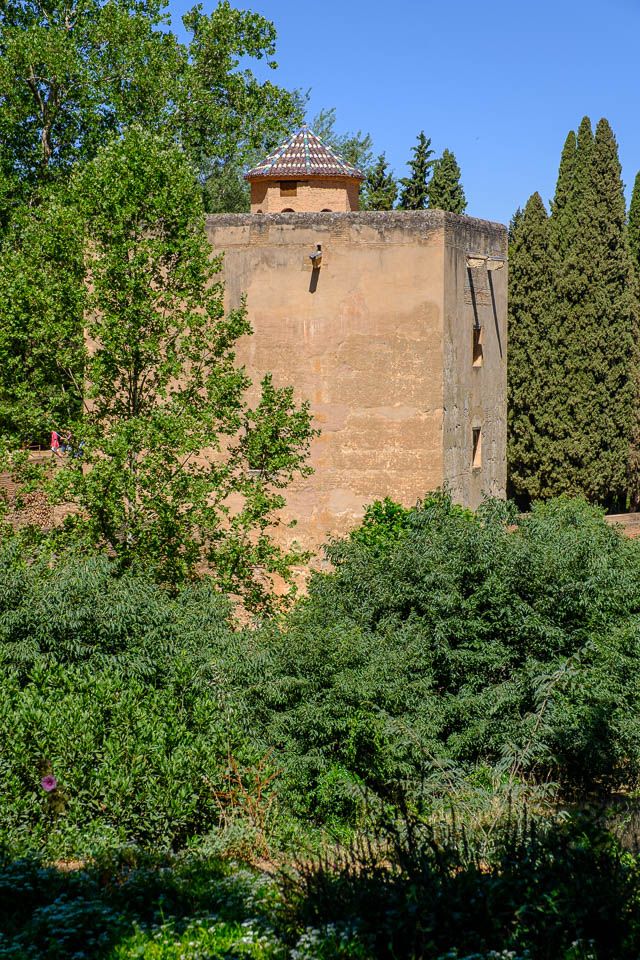
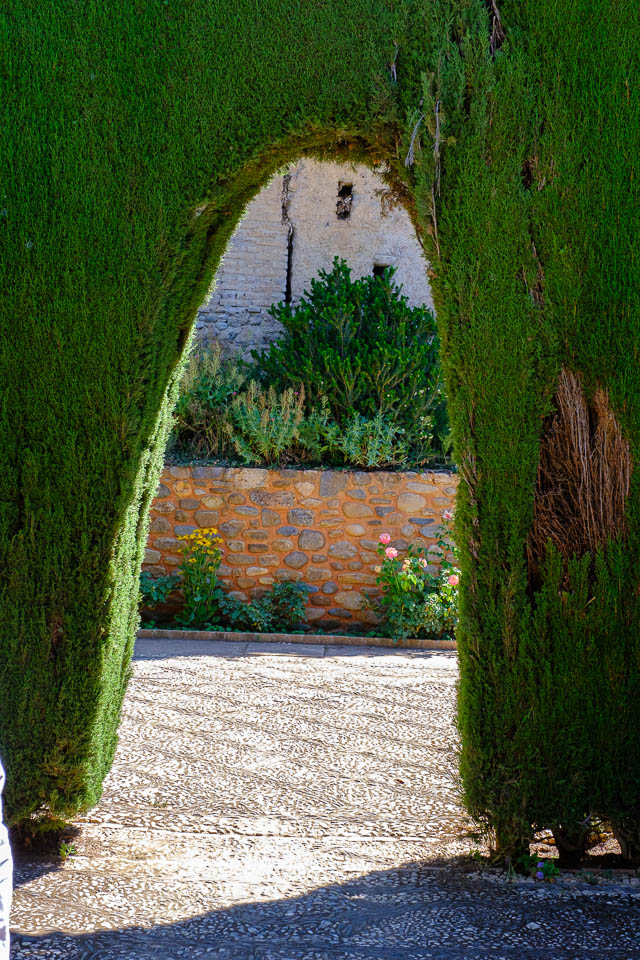

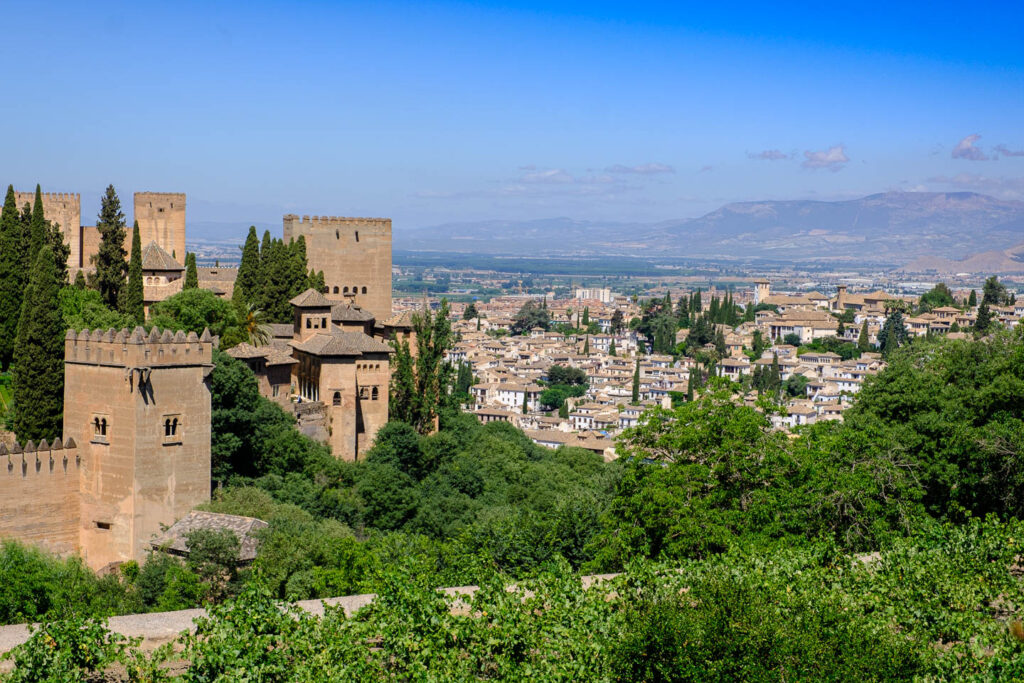
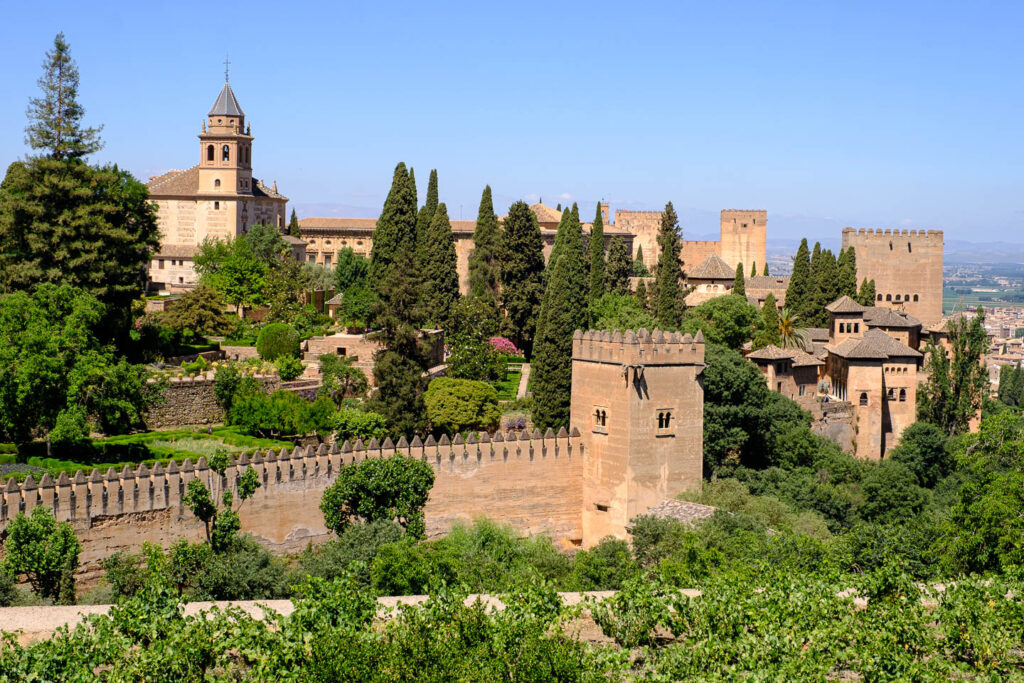


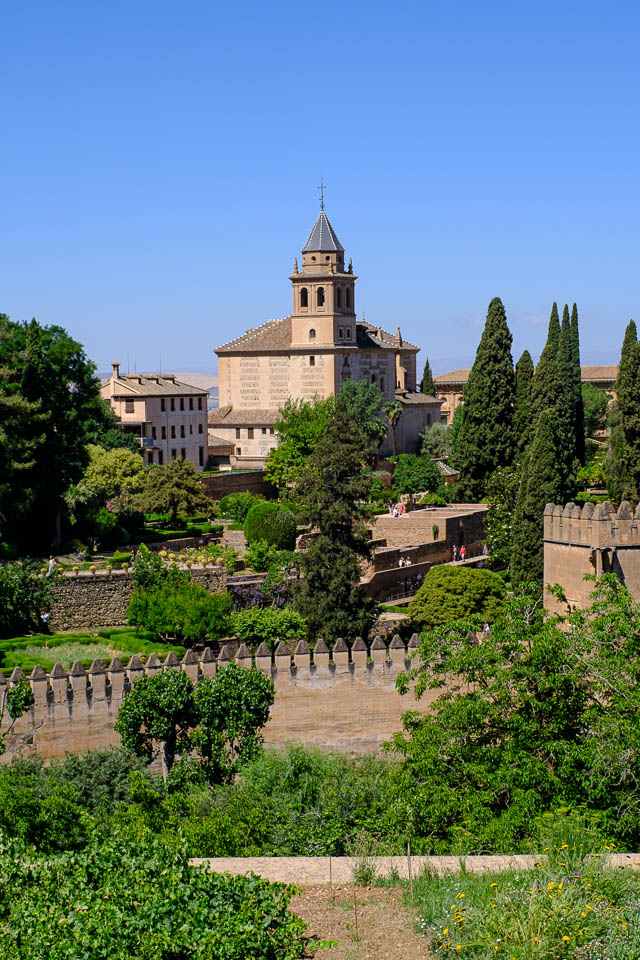
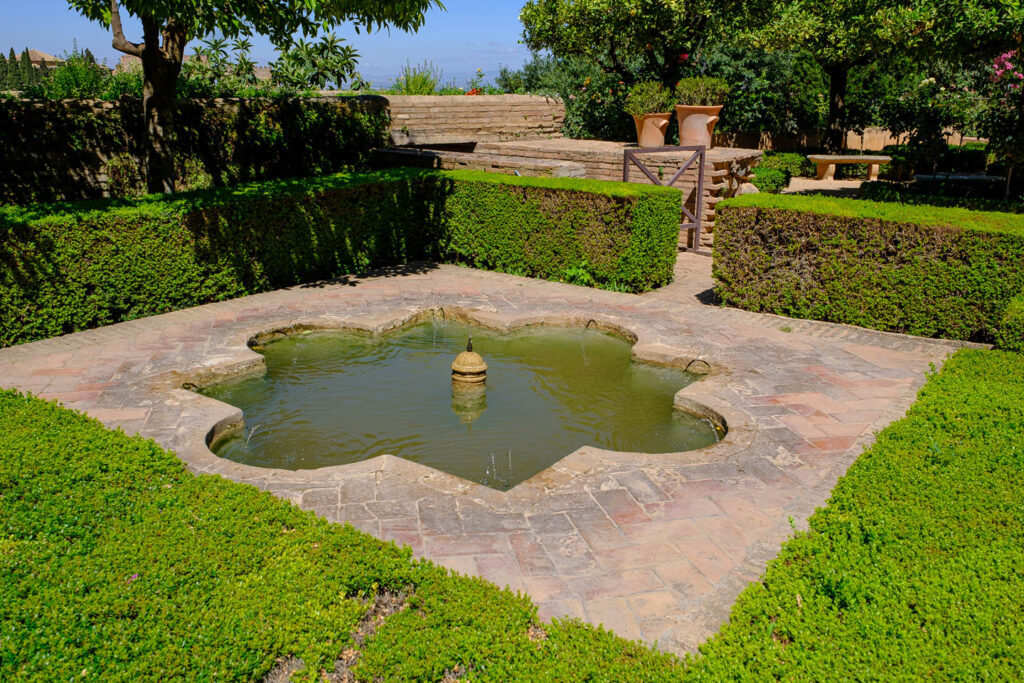
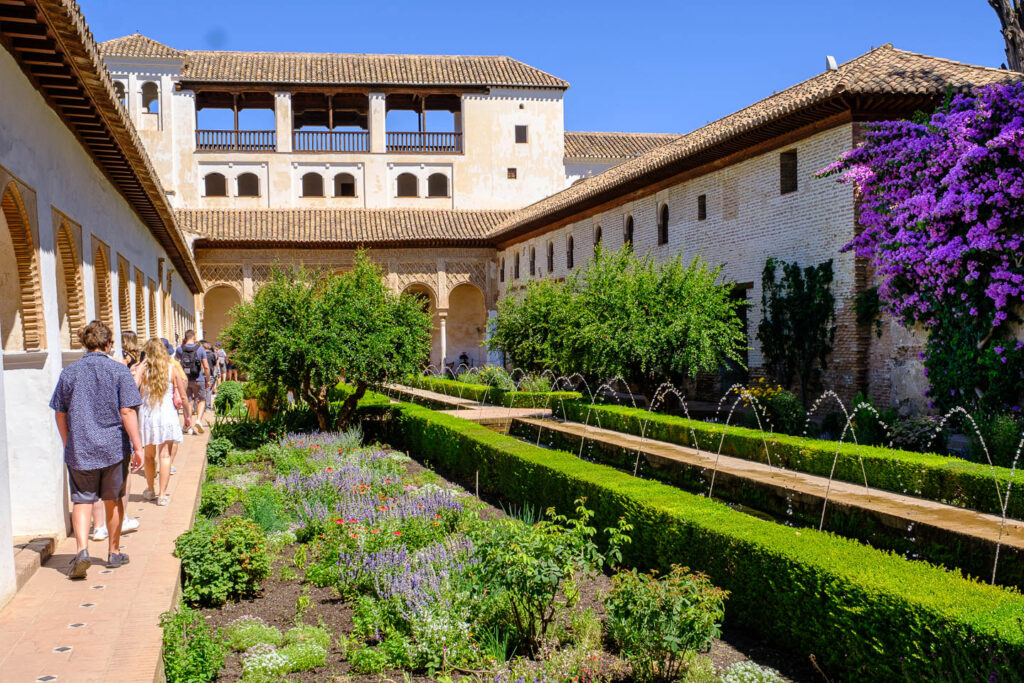




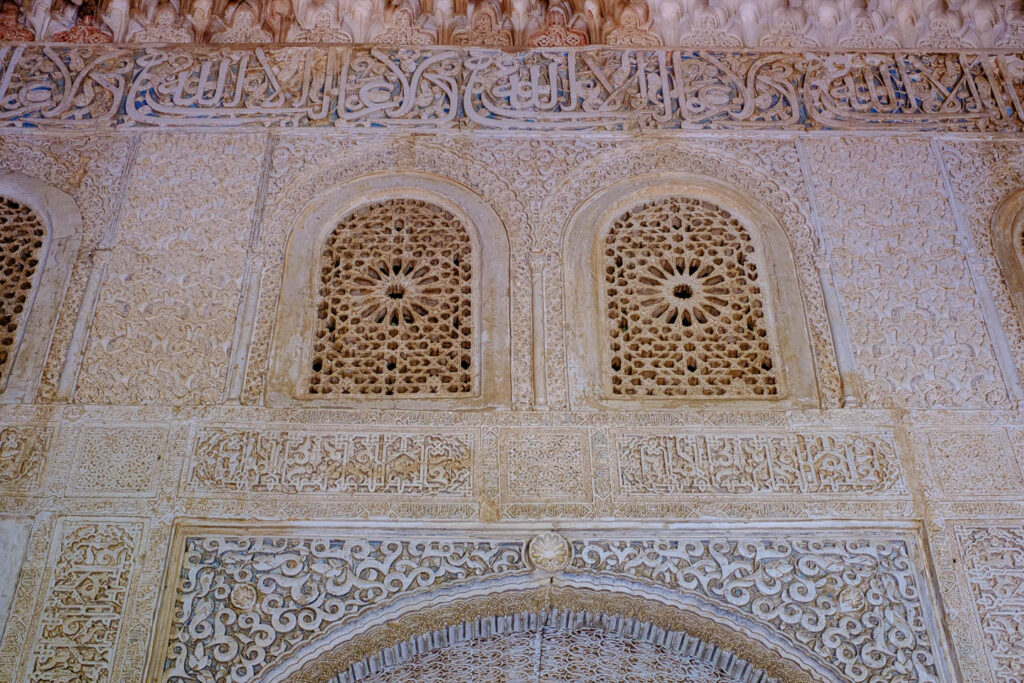
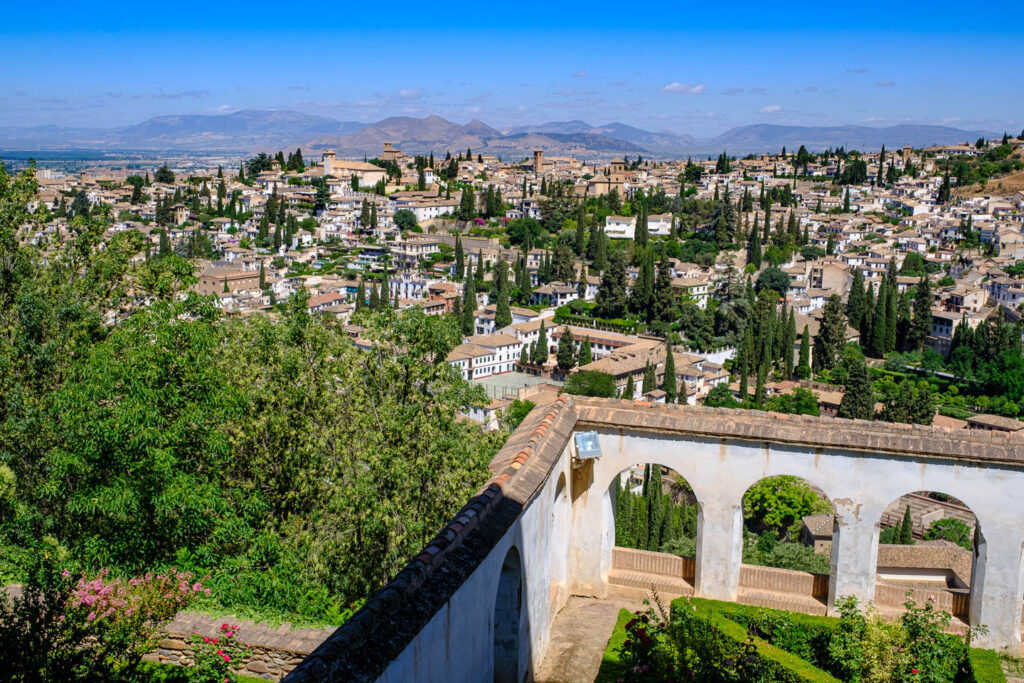


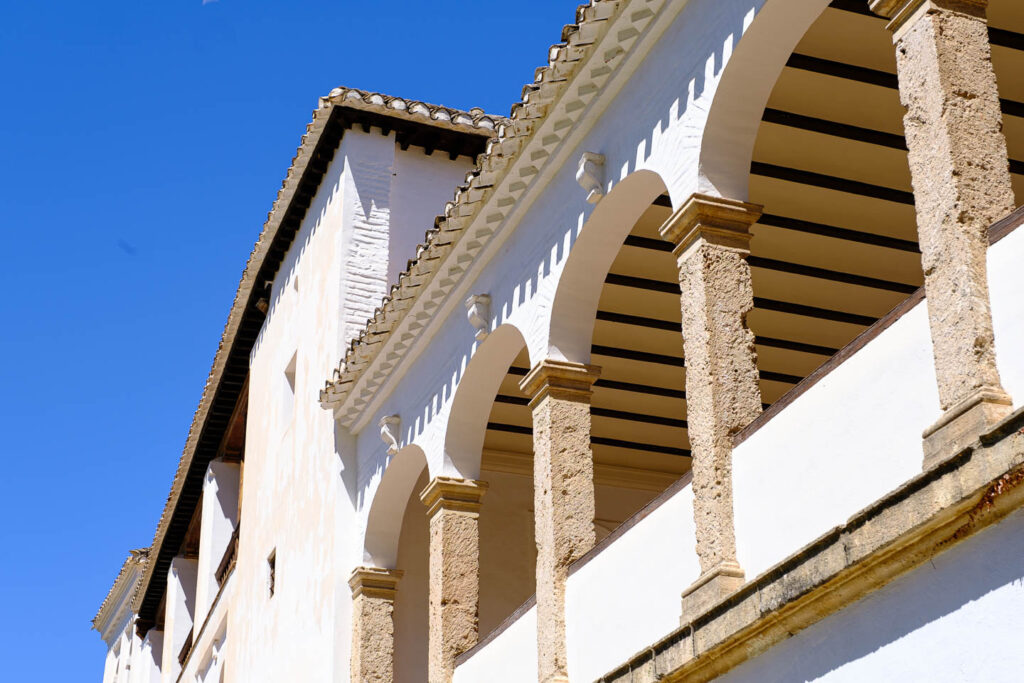
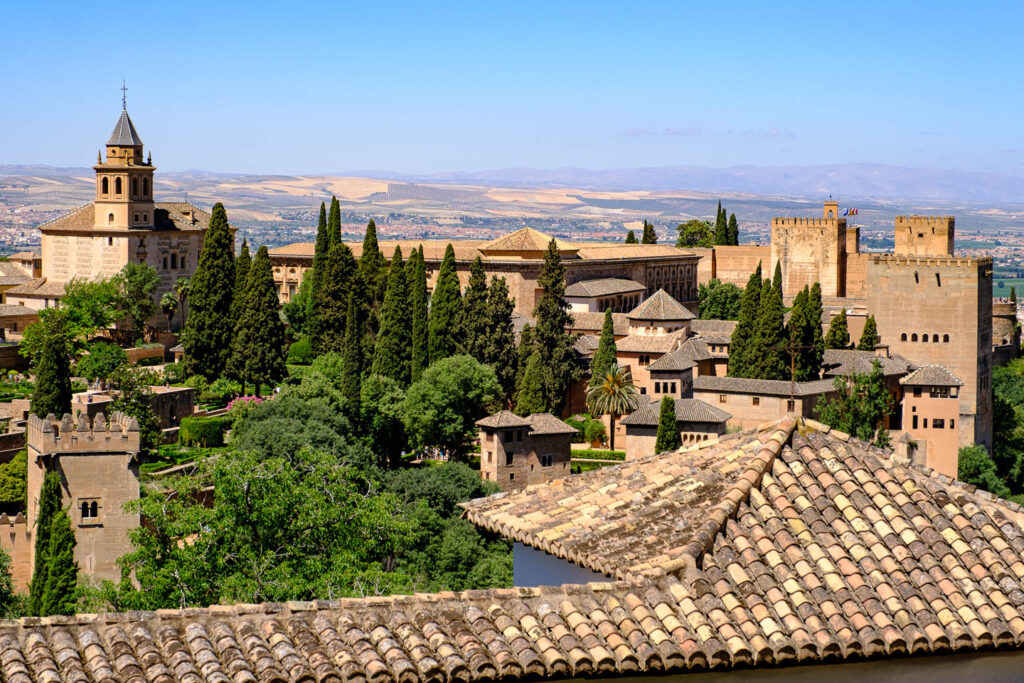
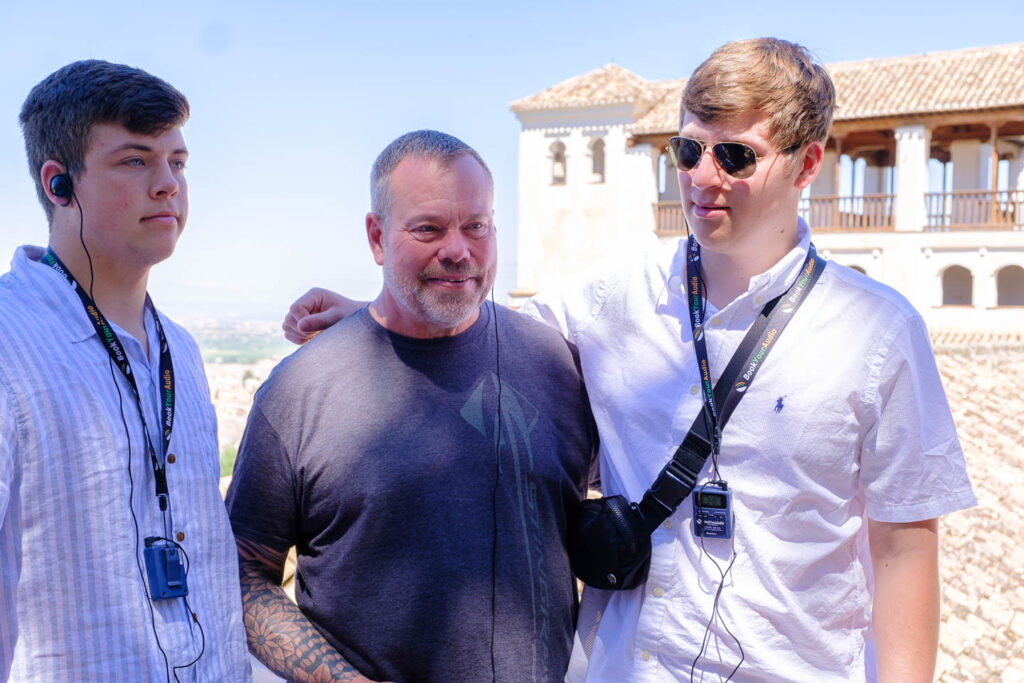
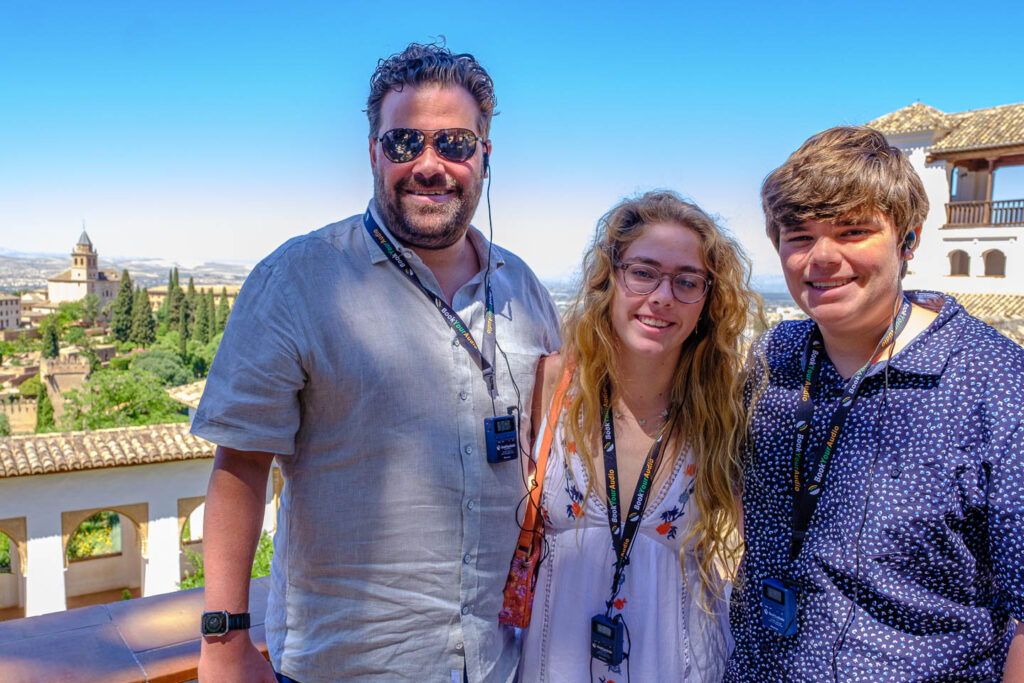



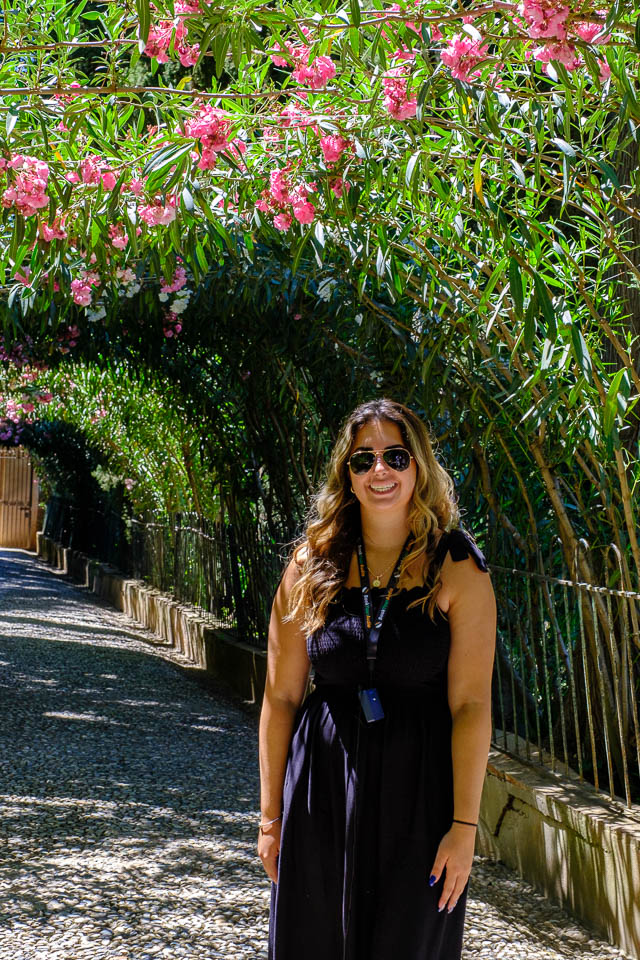
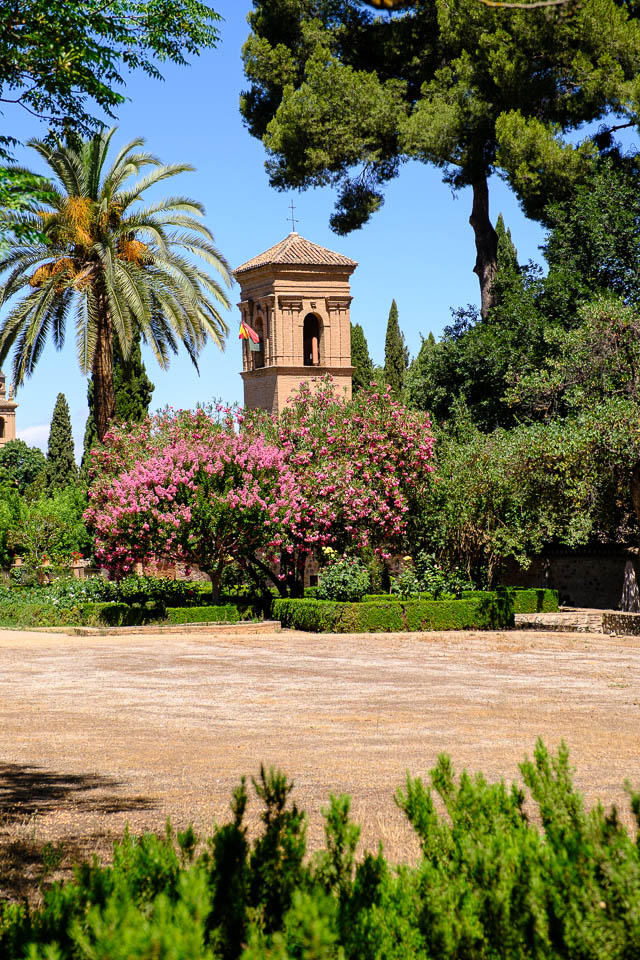
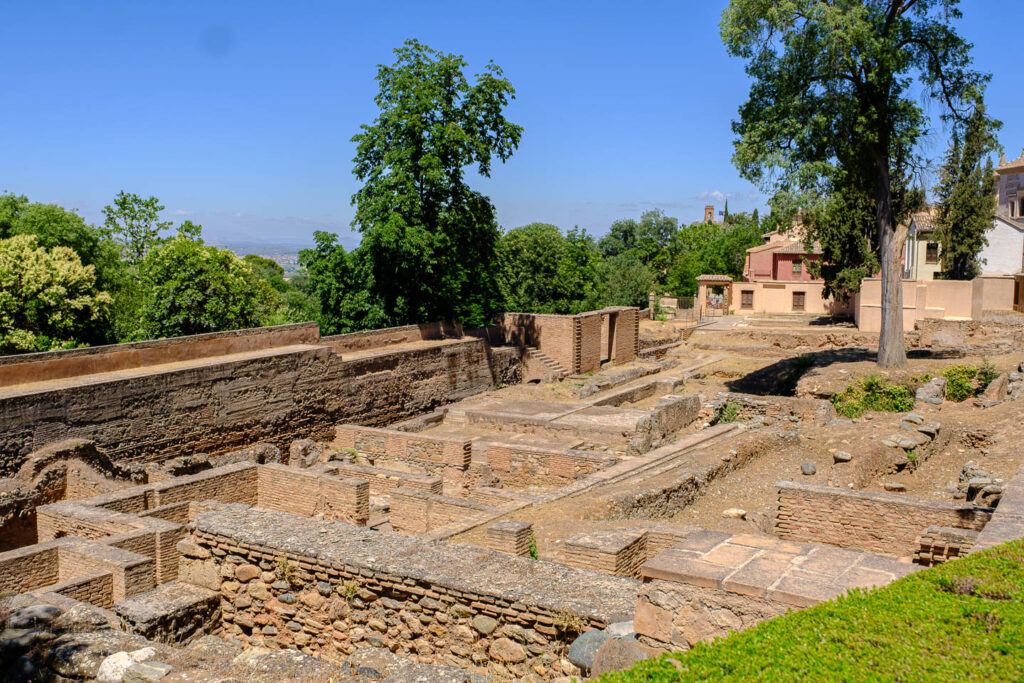

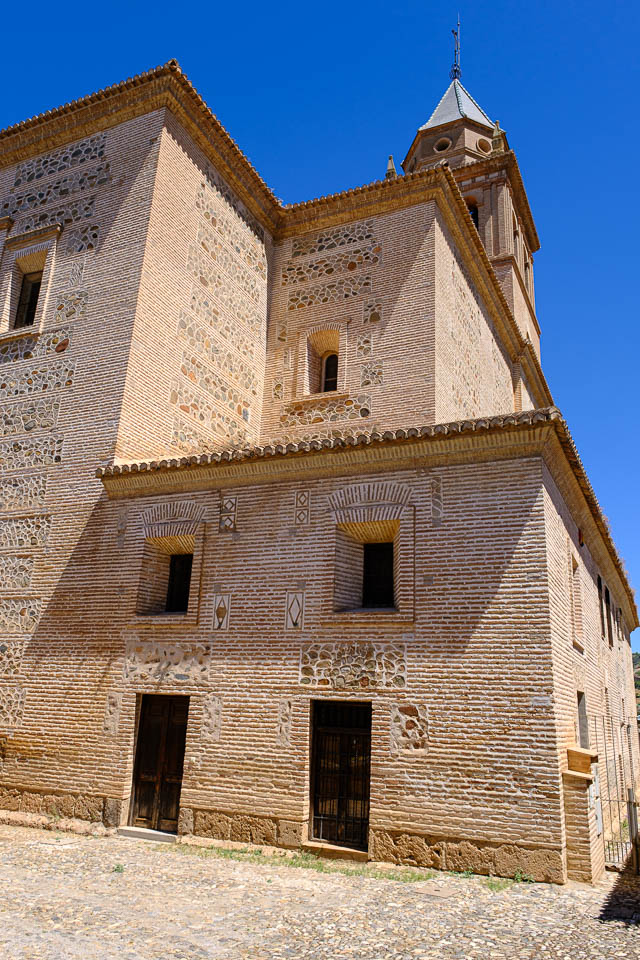
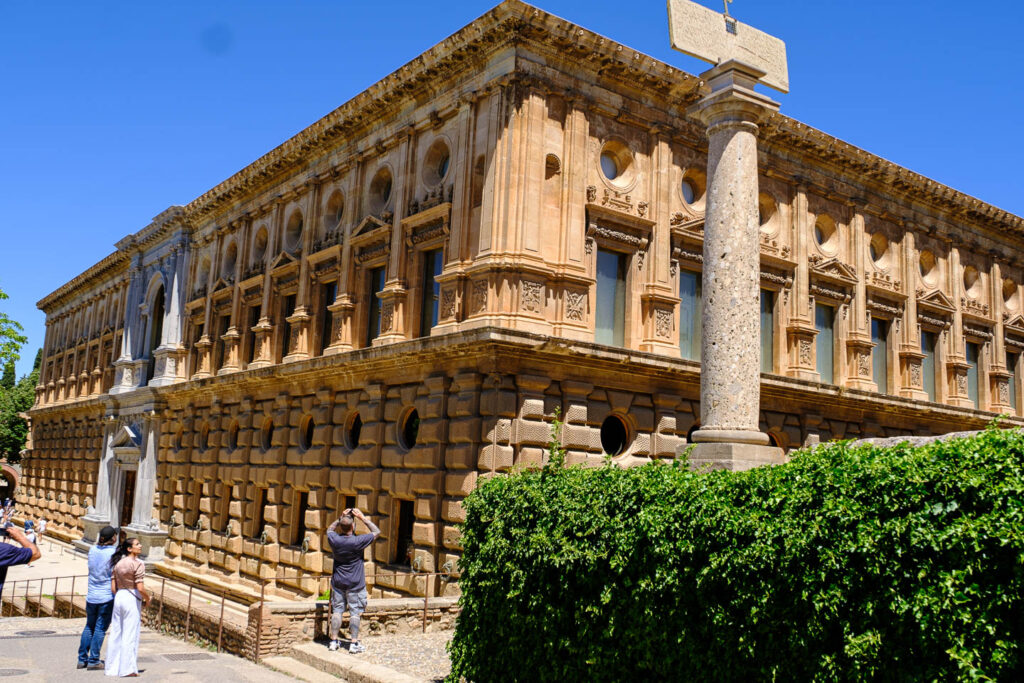
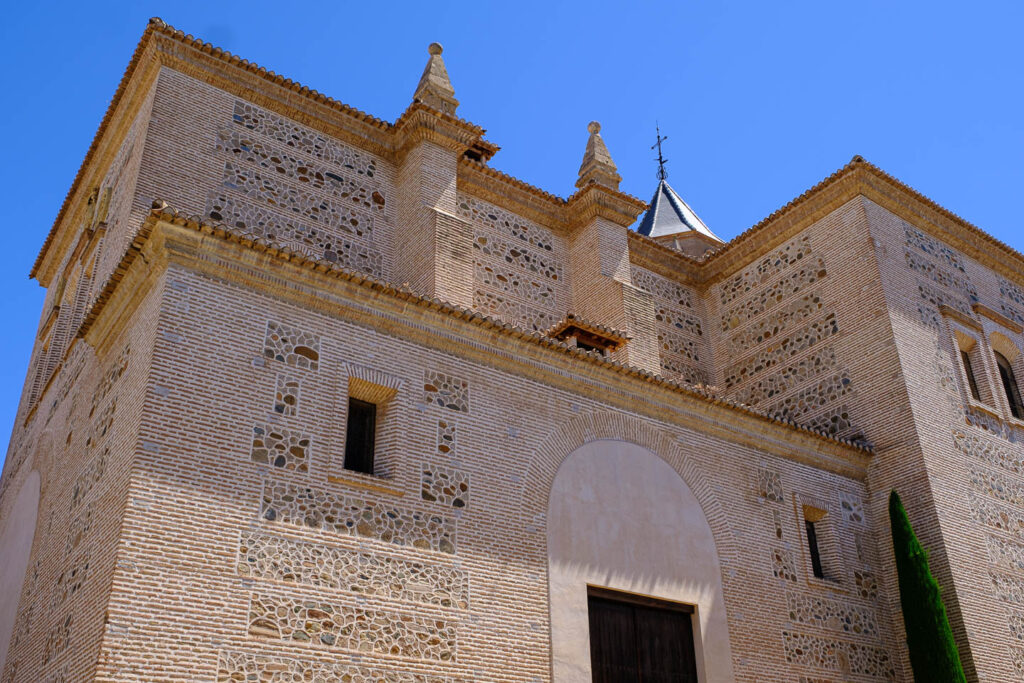

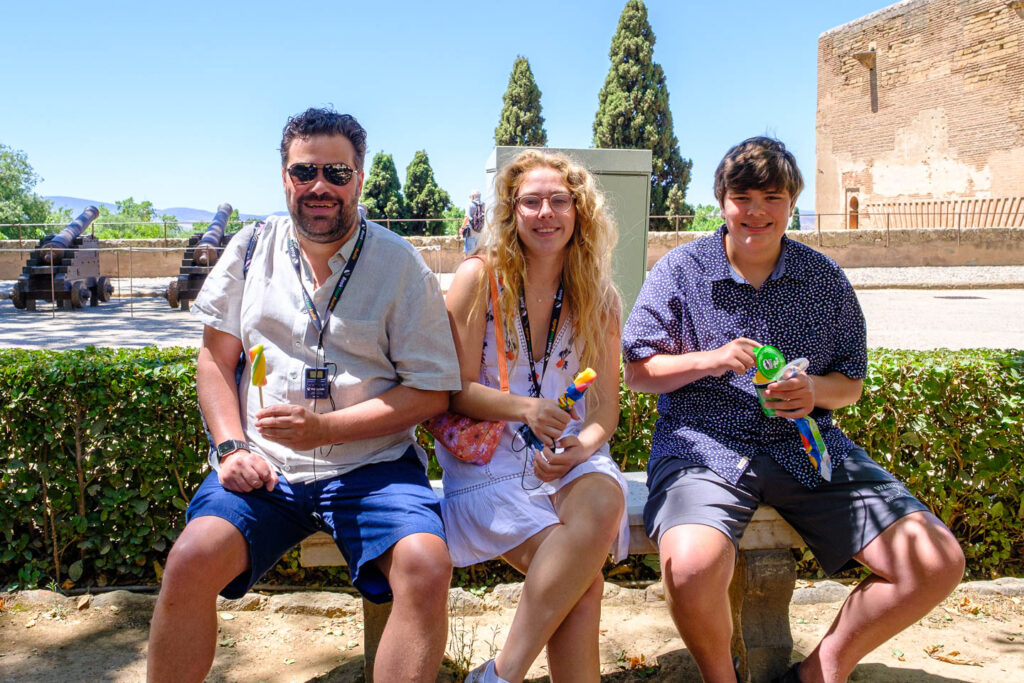
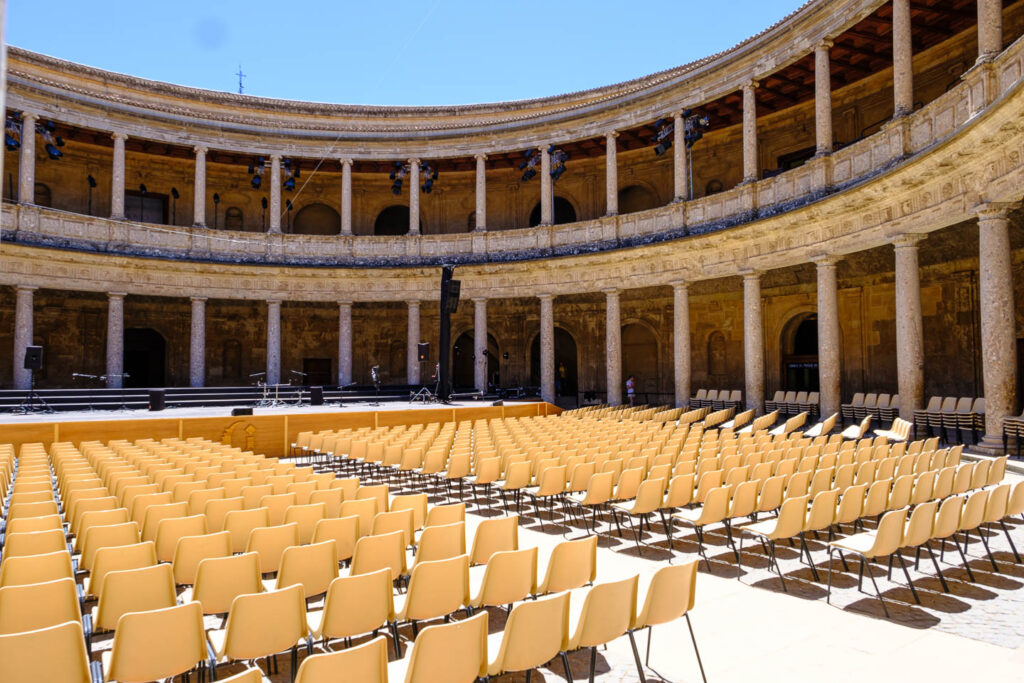



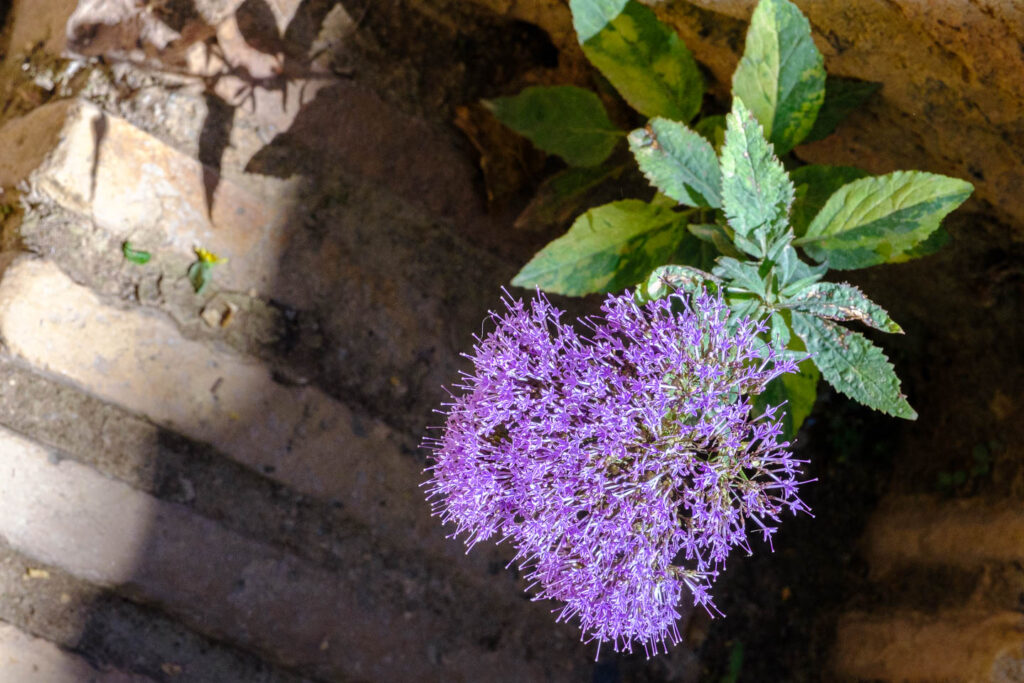
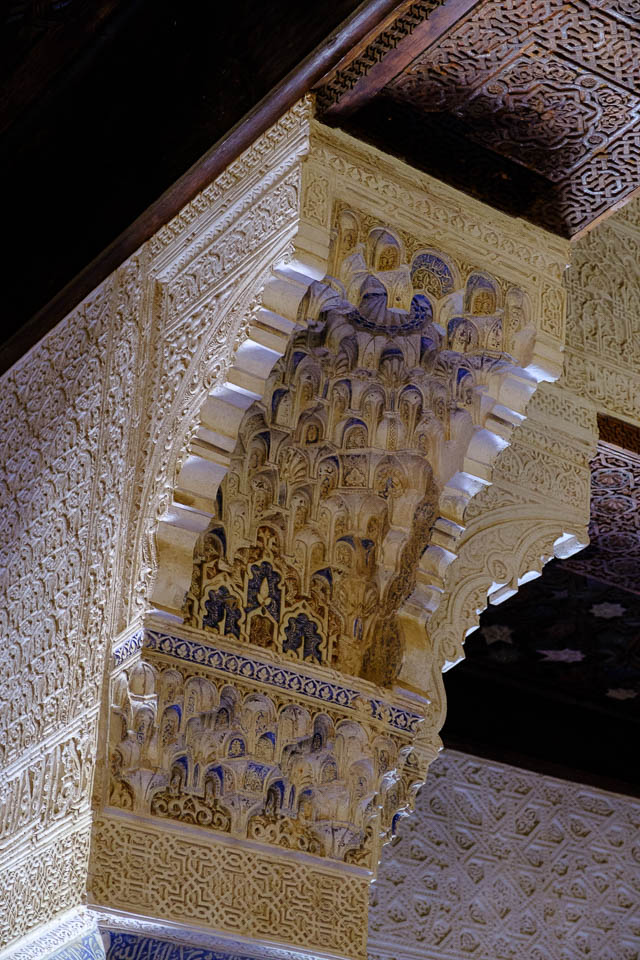
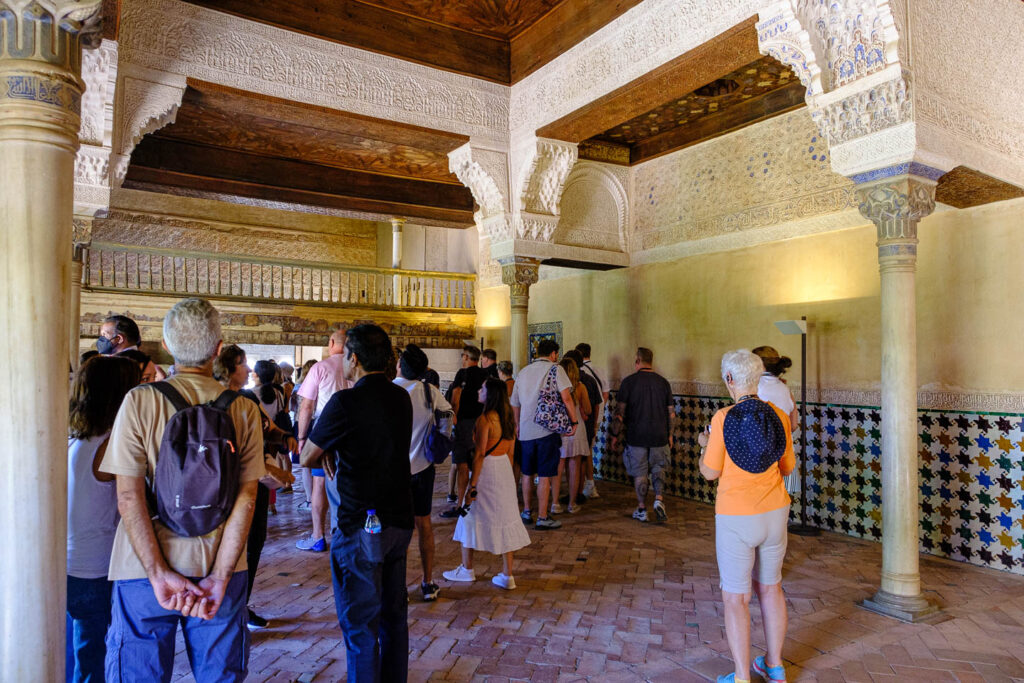
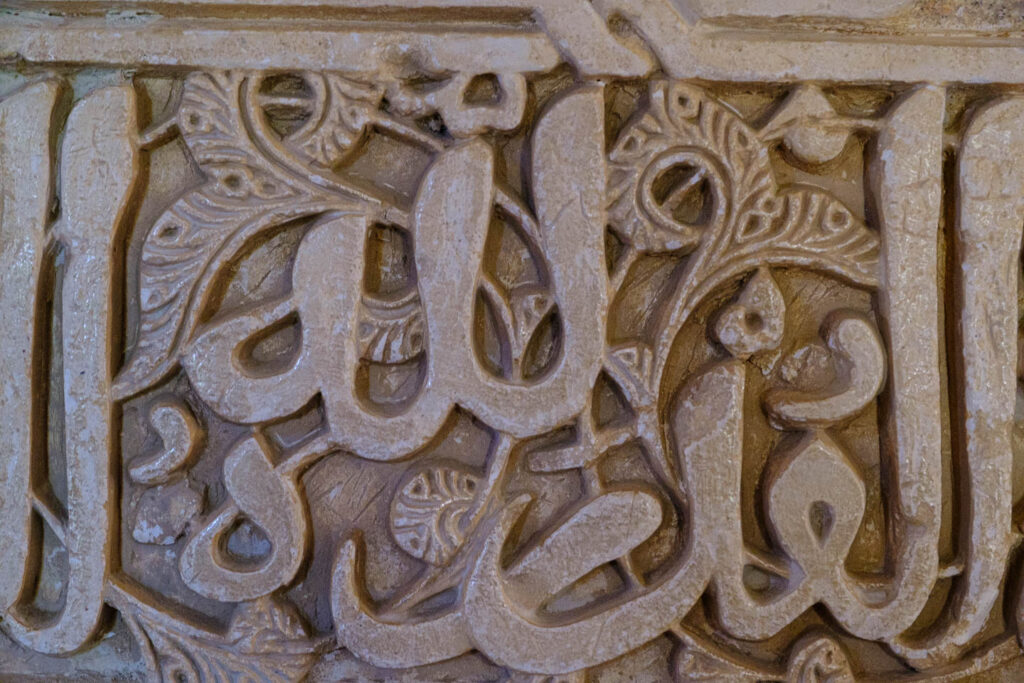
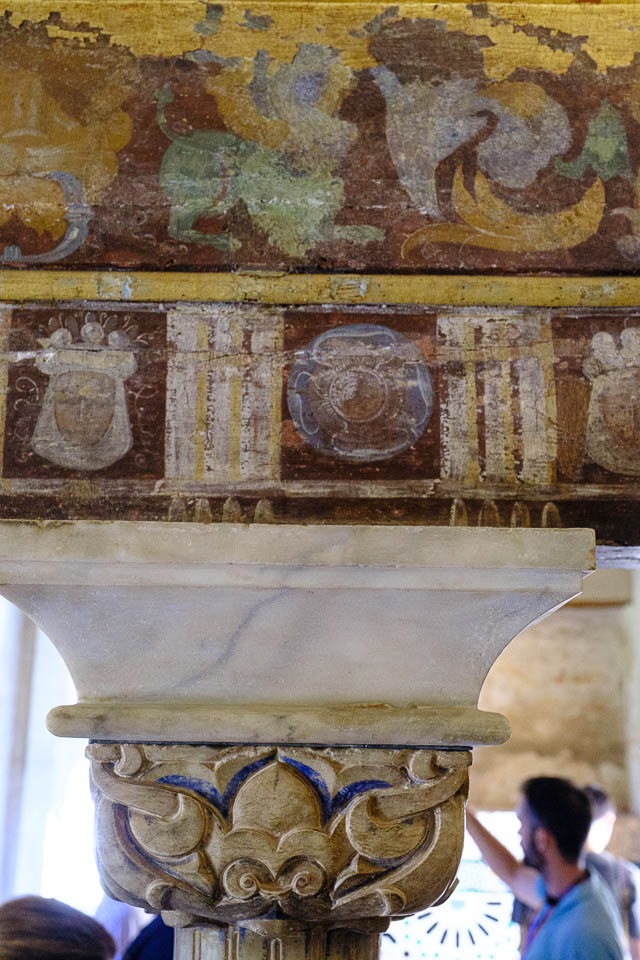

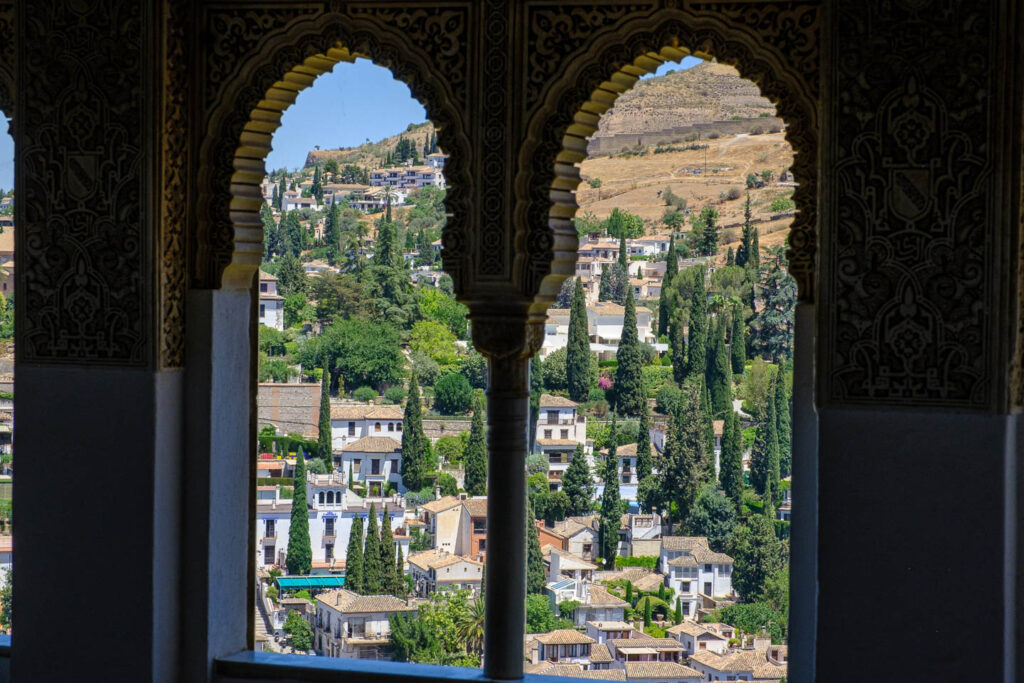

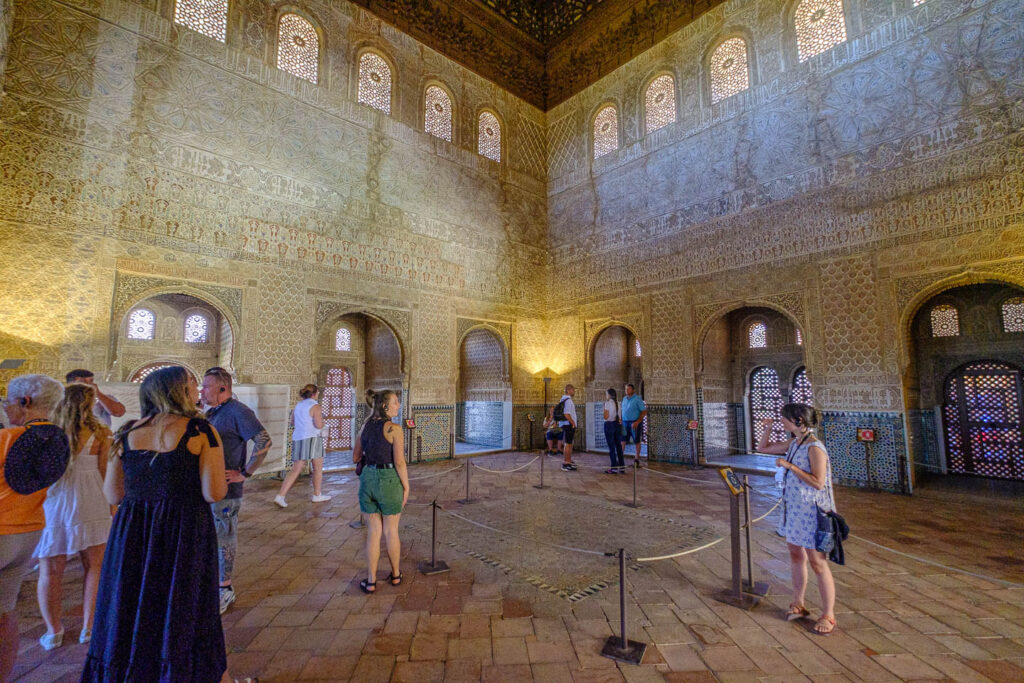



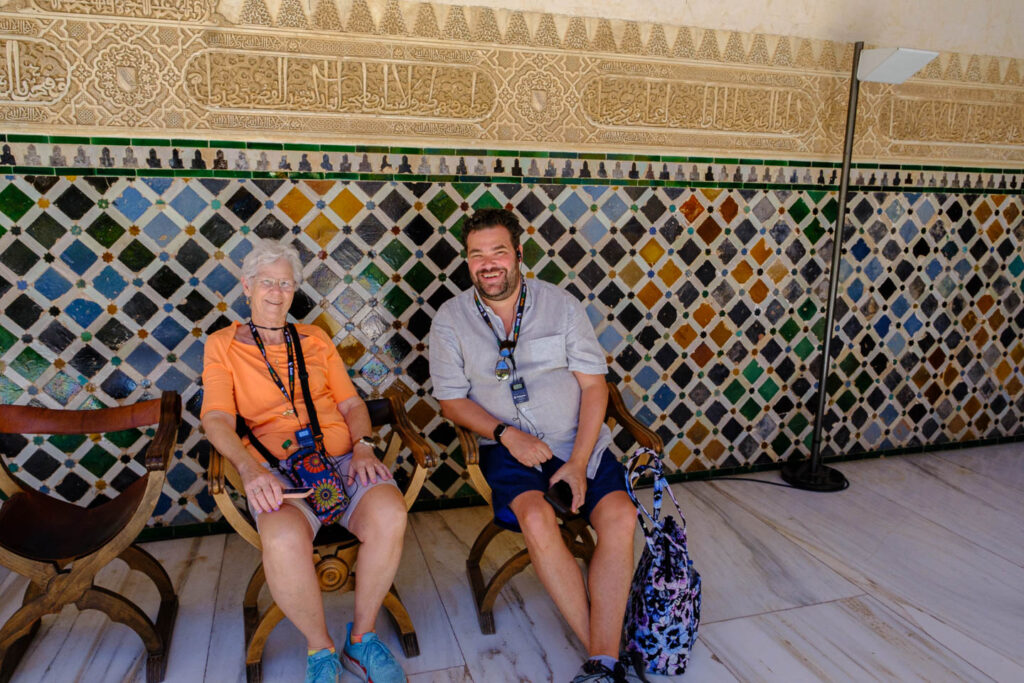
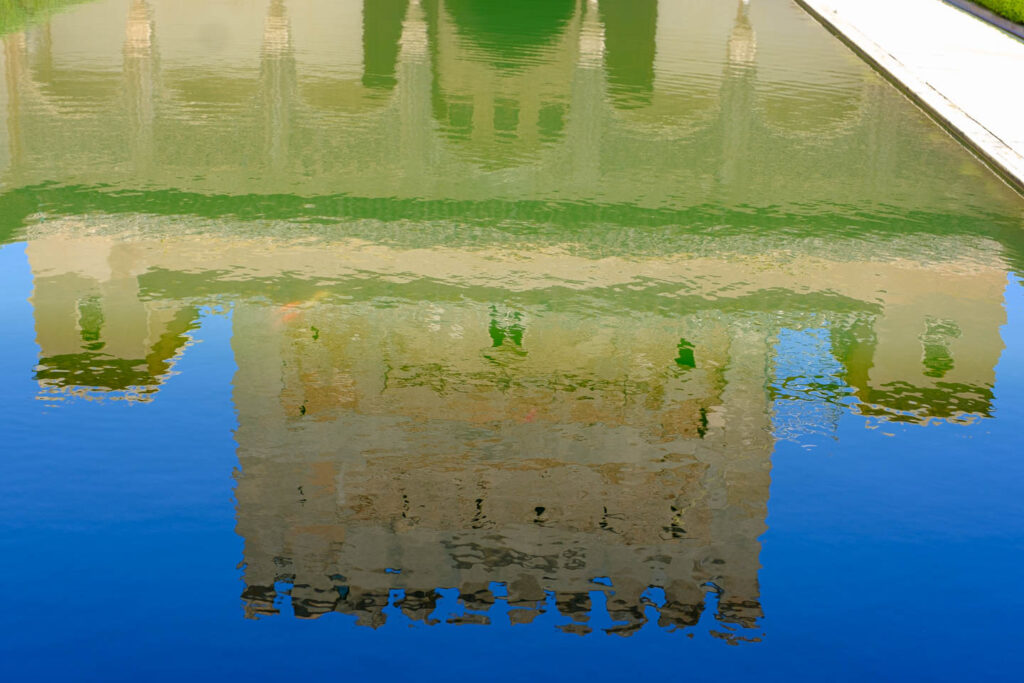

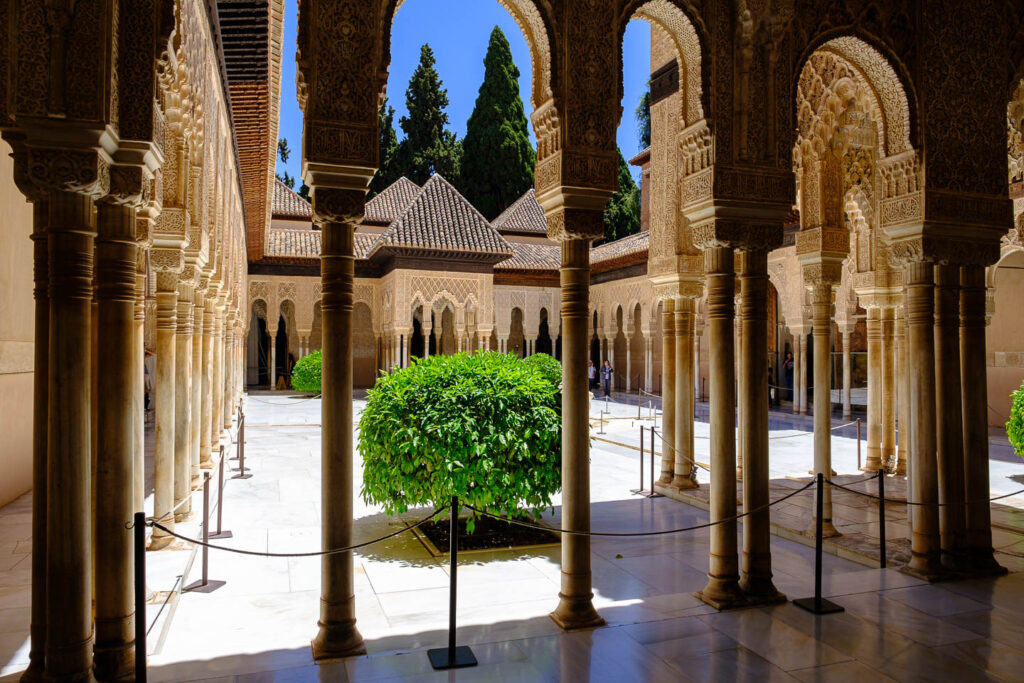
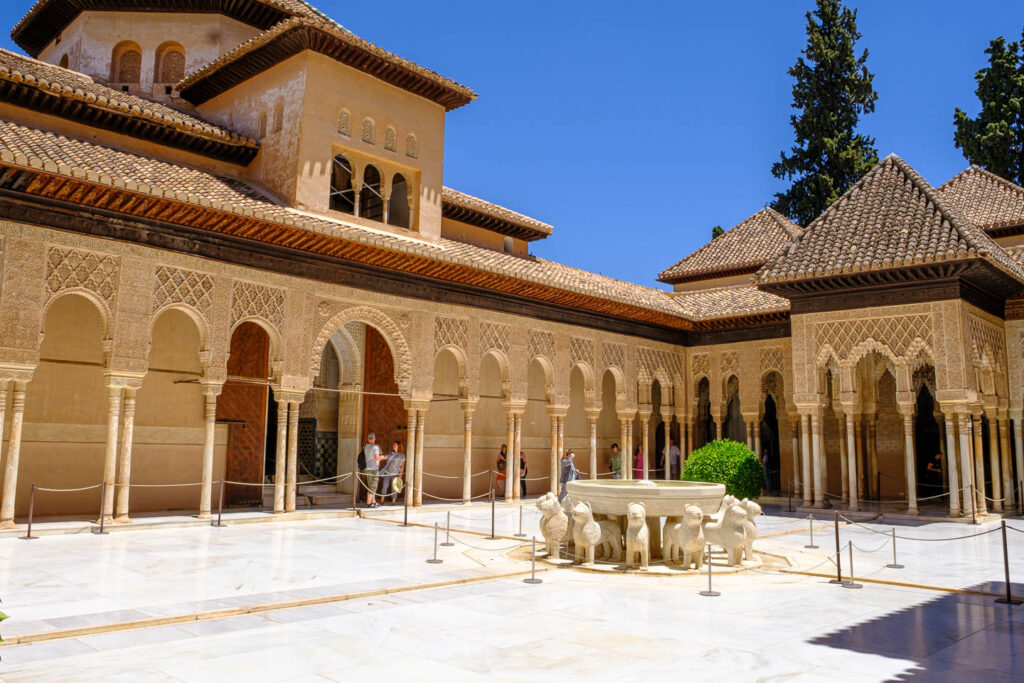
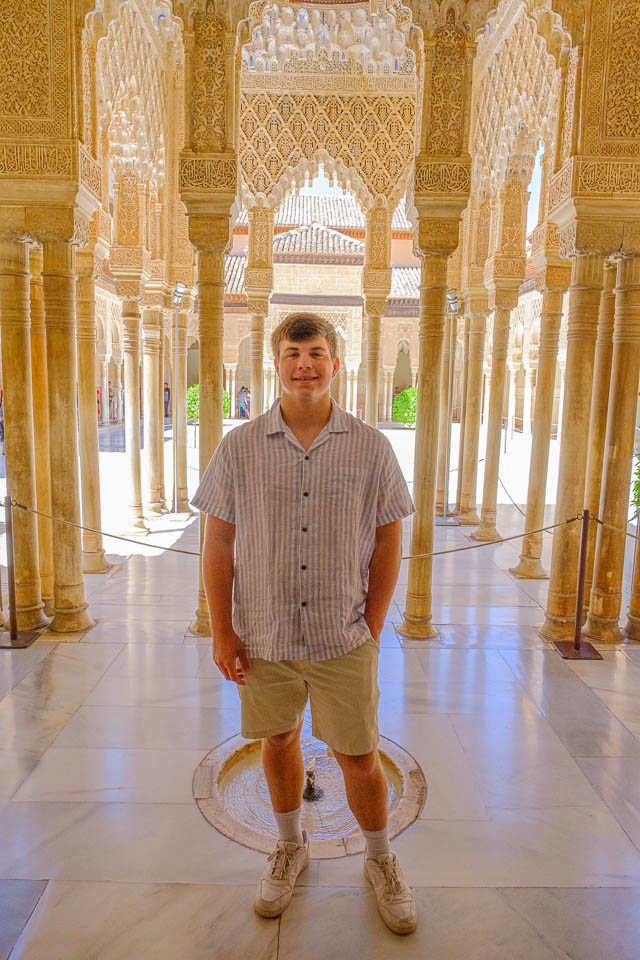
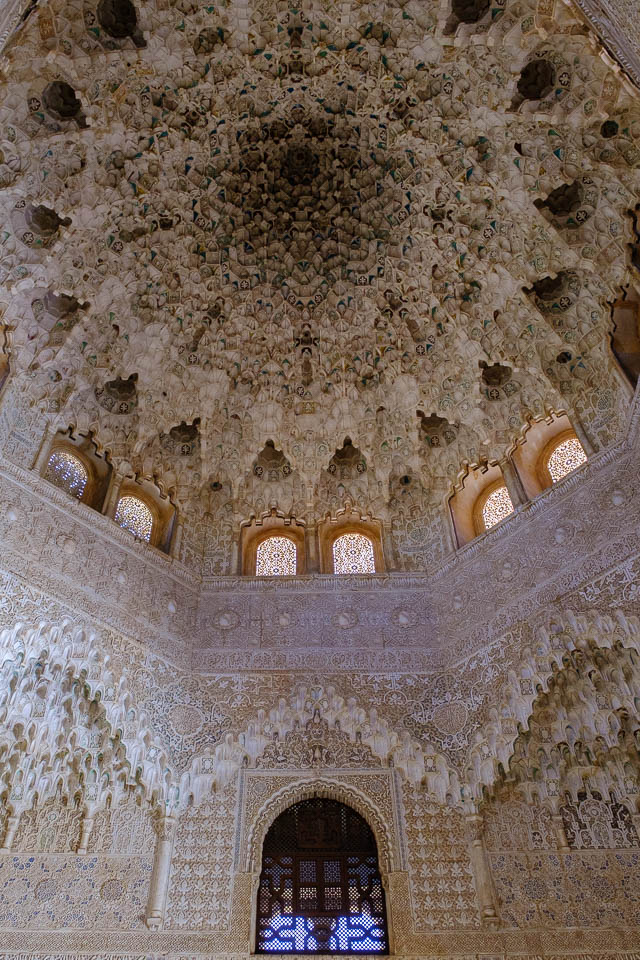

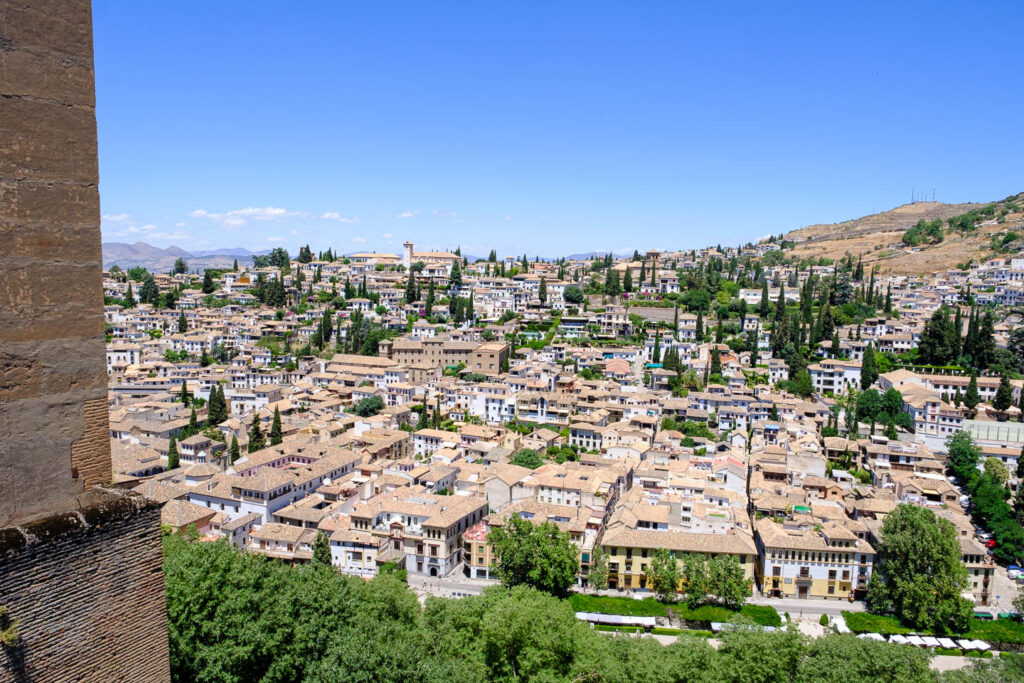
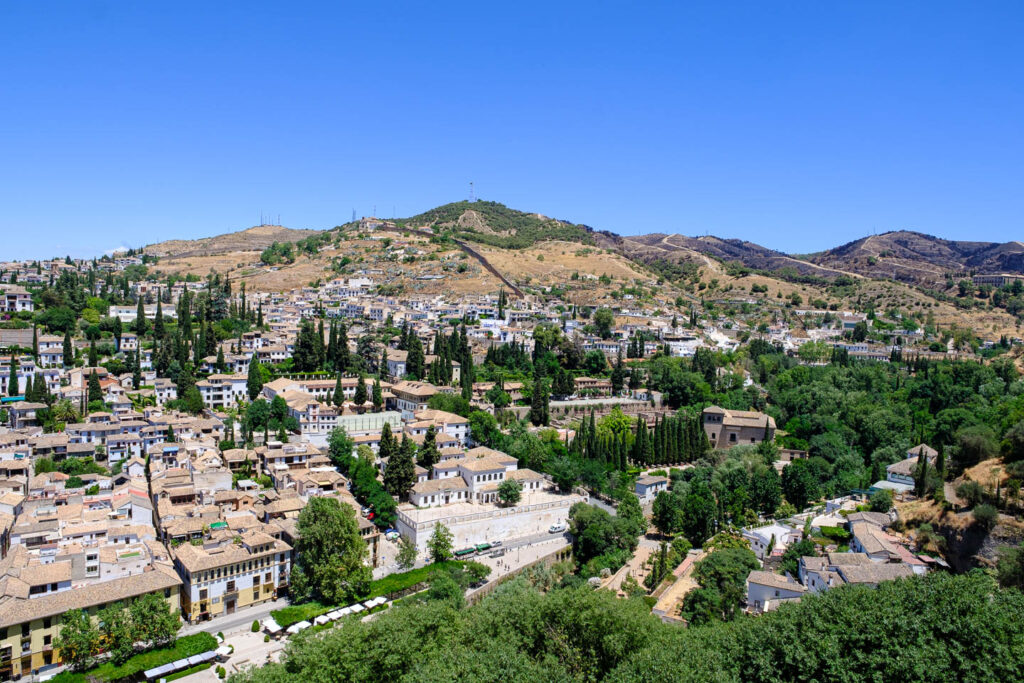



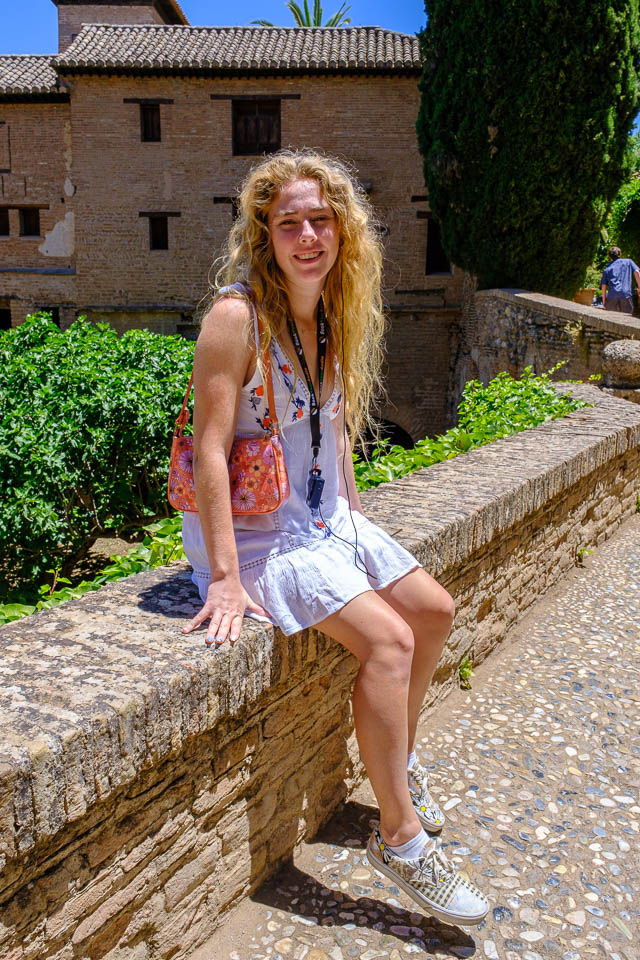
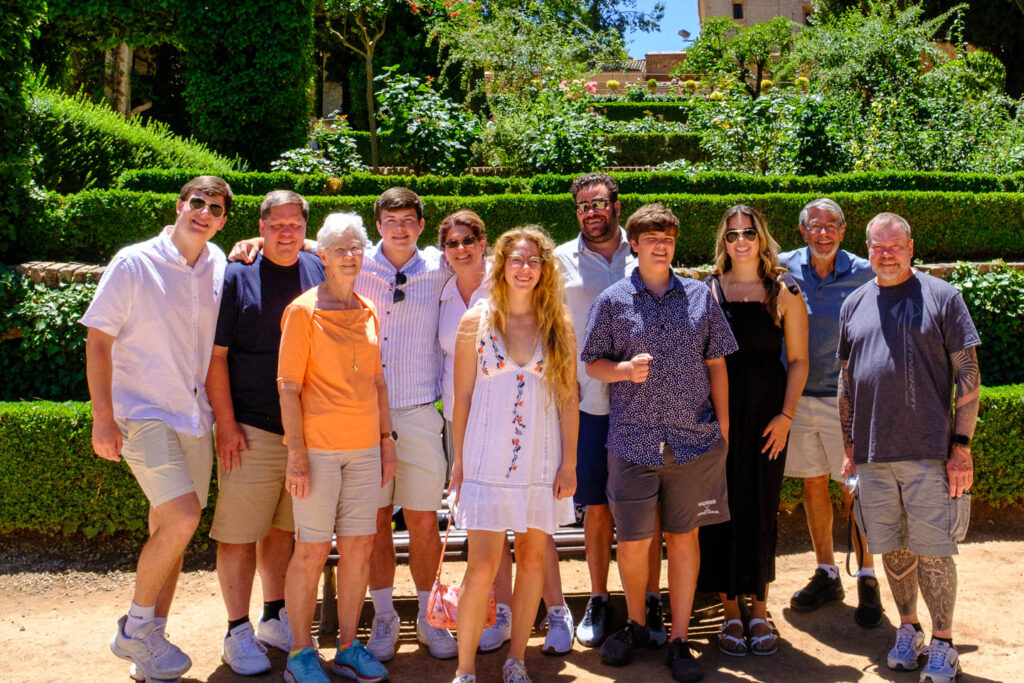
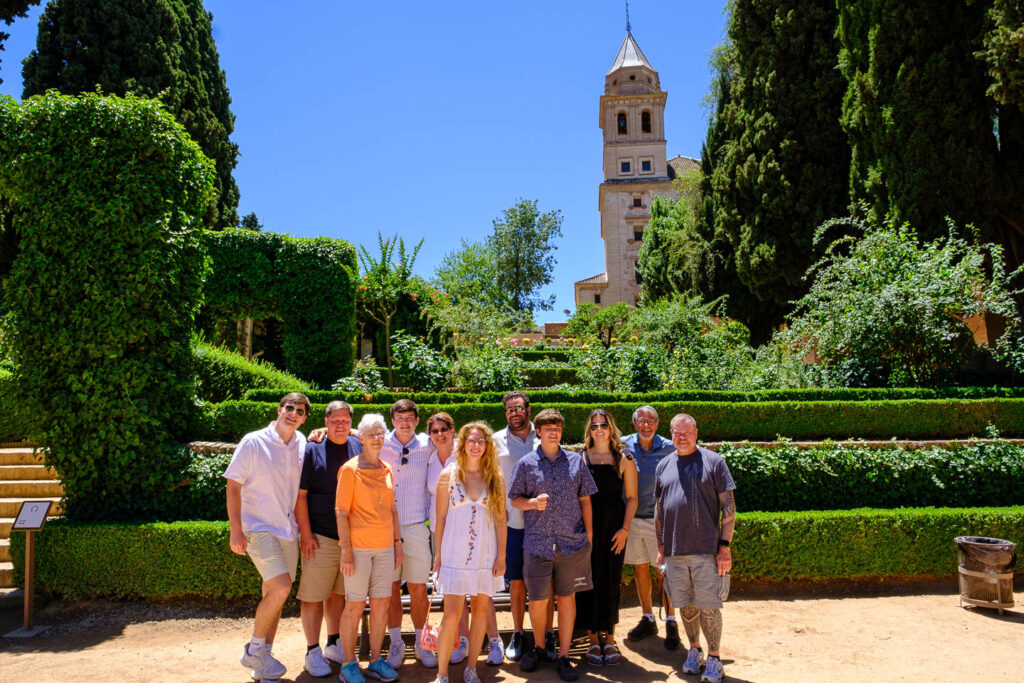

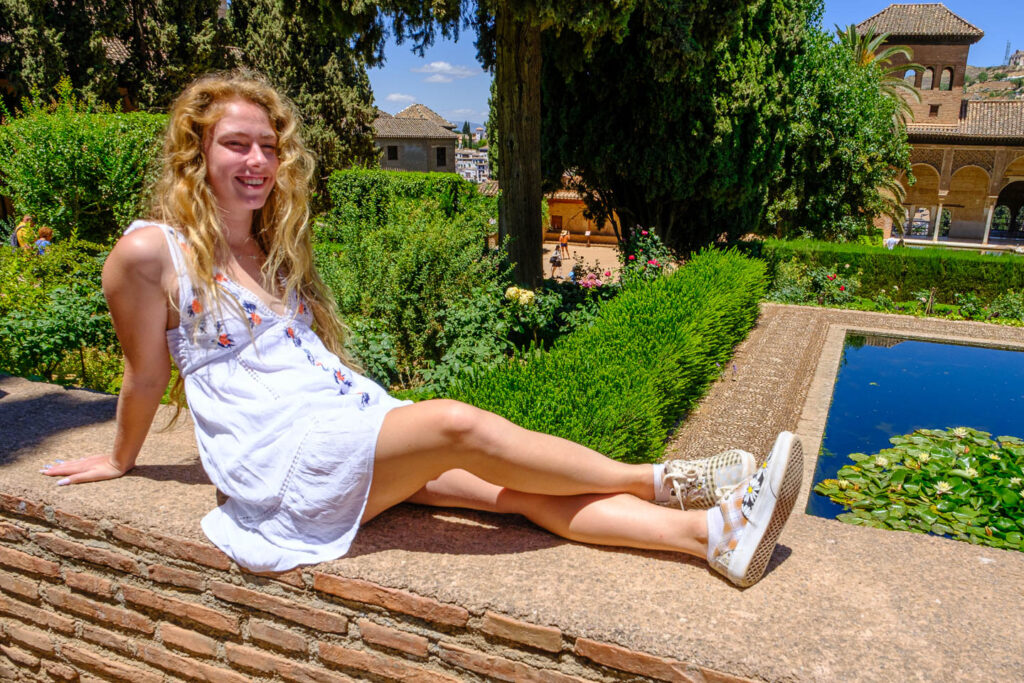
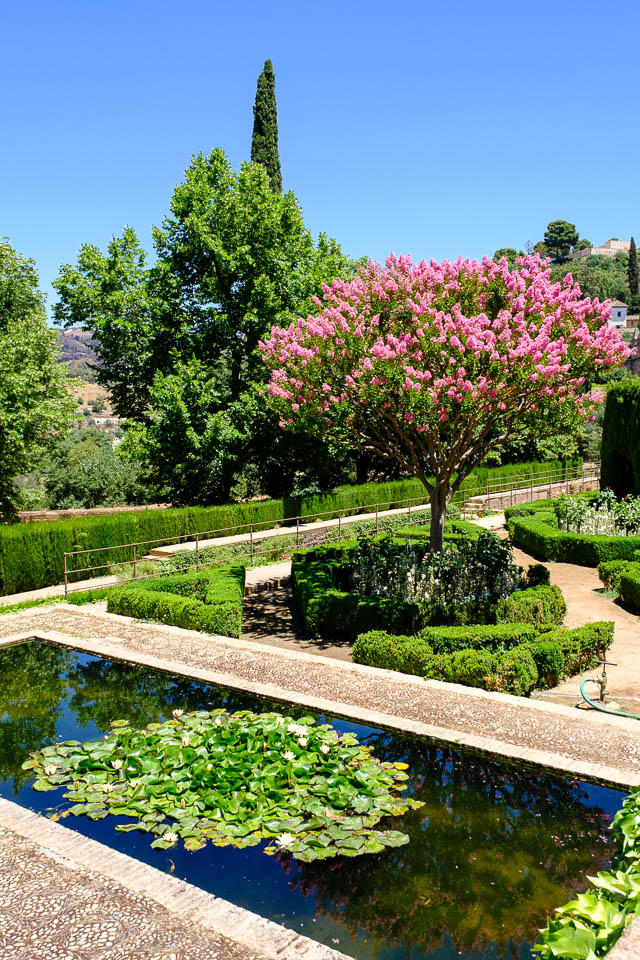
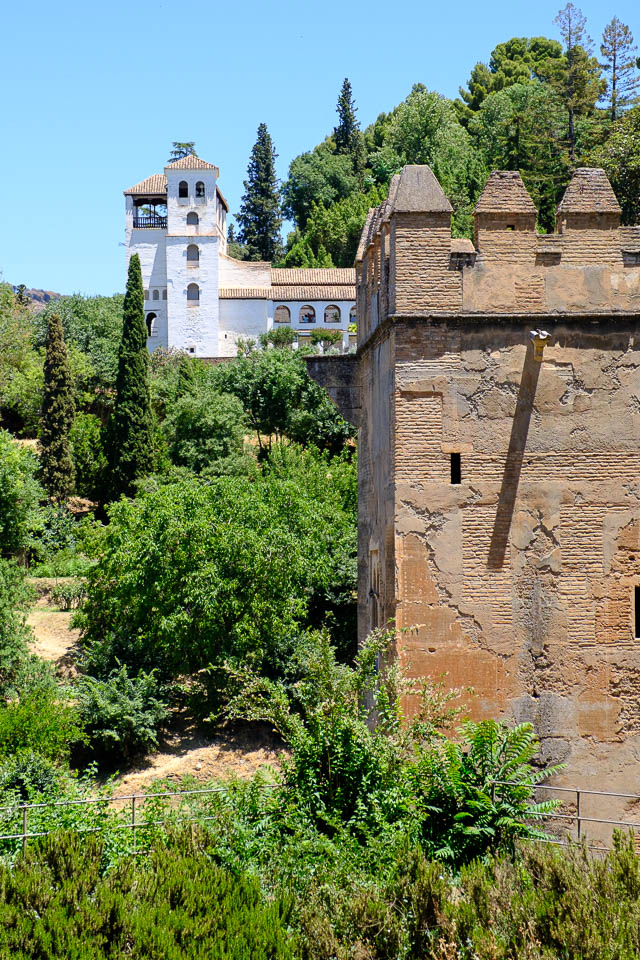
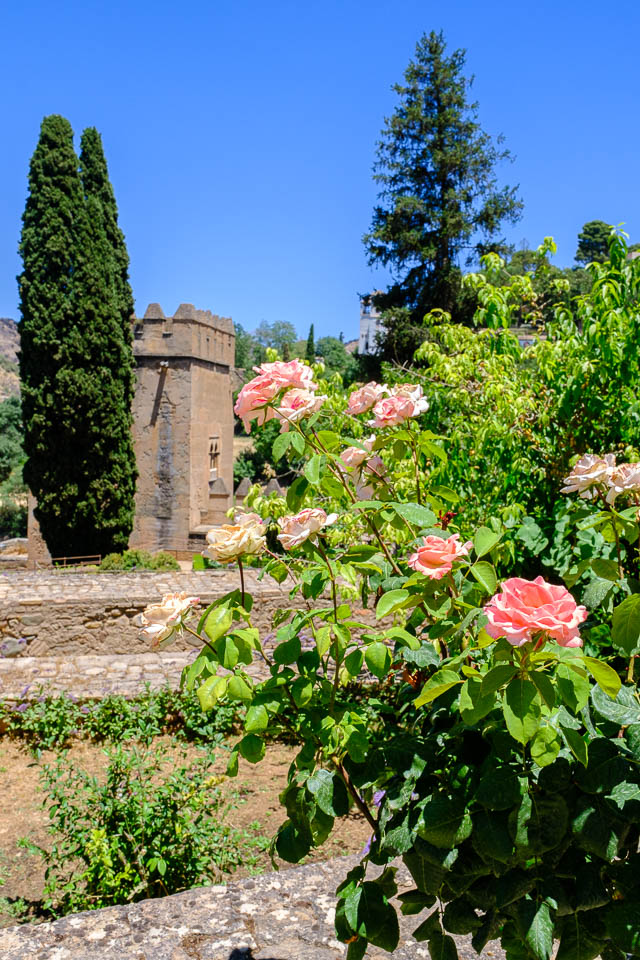
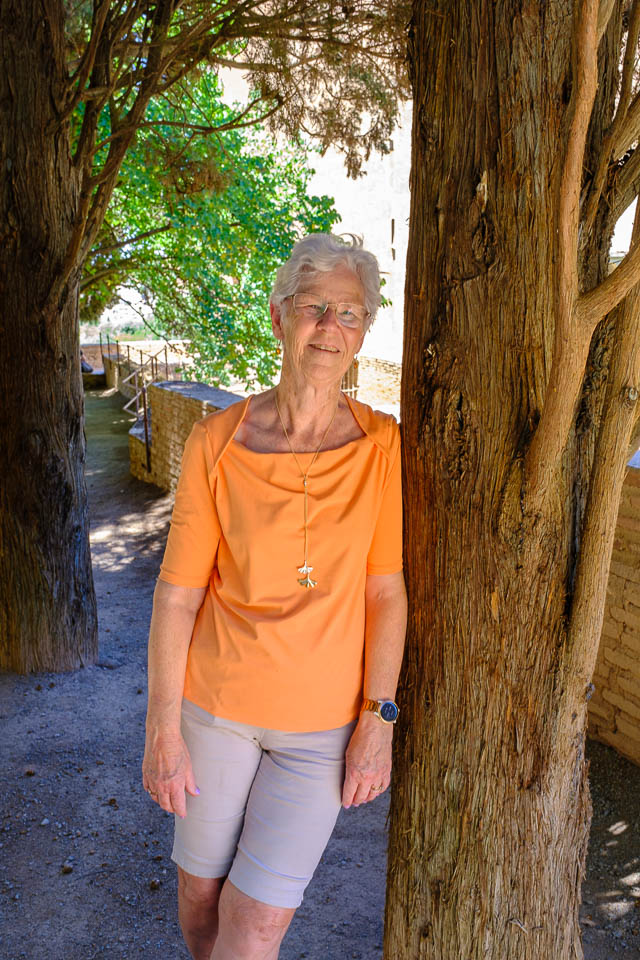








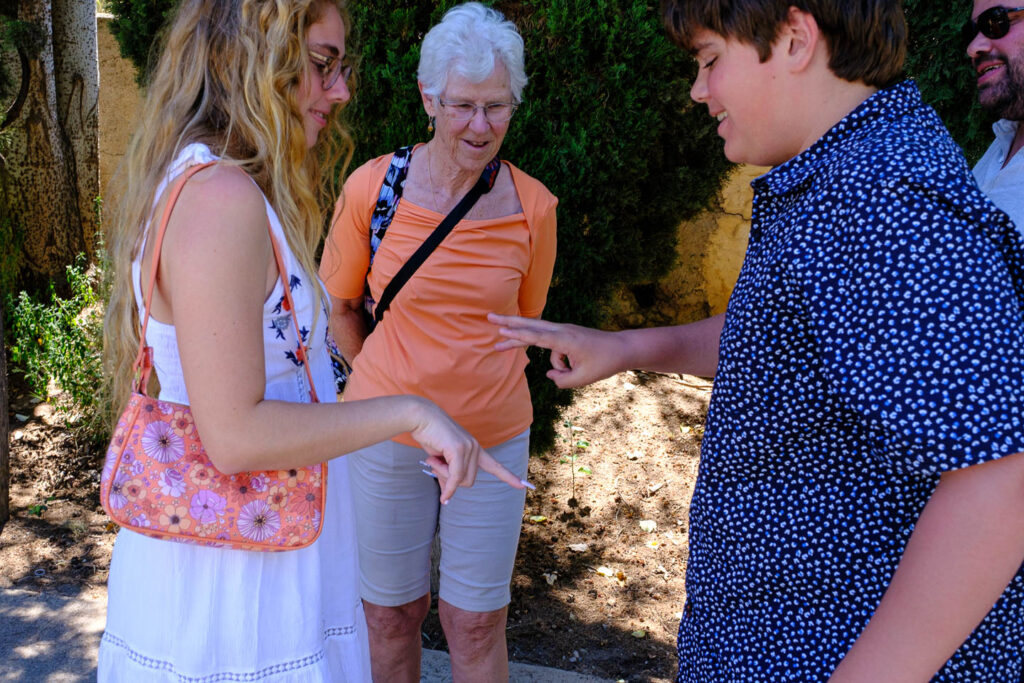




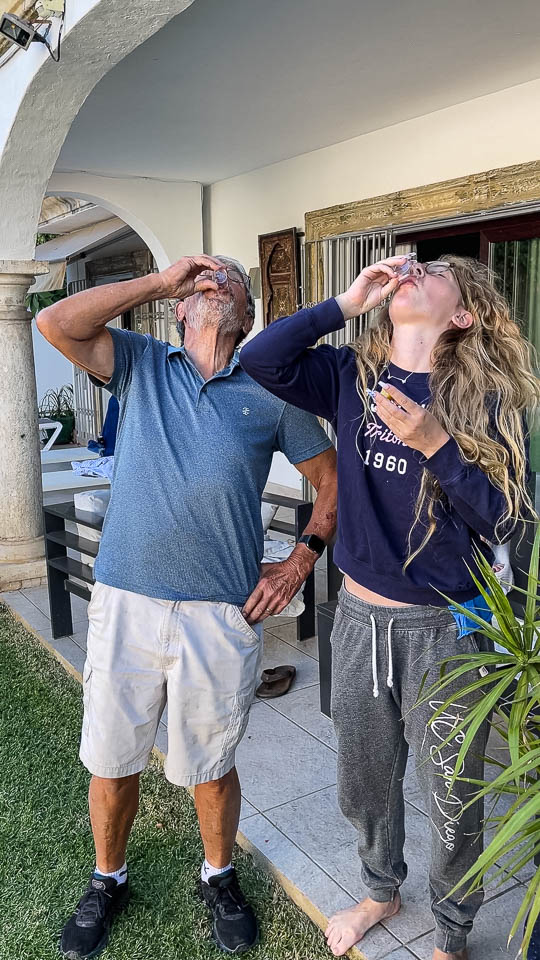

Wonderful! I am so glad to be on your email list! It really looks like a spectacular trip with your family. Thank you for sharing. Faith in Warner, NH